Emotional awareness to stay focused can turn a storm into clarity. By understanding and managing your emotions, you can keep your eyes on the prize—whether it’s a career leap, a personal project, or a healthier you. Emotions don’t have to derail you; they can fuel you. With mental discipline for success, you can harness emotional awareness to stay focused and make your goals unstoppable.
It’s 7 PM, and you’re staring at a half-finished project, your dream of a promotion slipping through your fingers. Your kid’s meltdown over homework is echoing in your head, your inbox is overflowing, and that nagging voice whispers, “You’re falling behind.” You’re not lazy—you’re ambitious, driven, ready to conquer your goals. But your emotions? They’re a storm, pulling you off track. Sound familiar? That overwhelm, that frustration—it’s not just you. It’s the chaos of life, and it’s stealing your focus.
In this post, we’ll break down why emotions trip you up and share five practical steps to use emotional awareness to stay focused, blending heart-pounding stories and actionable frameworks. Ready to feel the thrill of progress? Let’s dive in and ignite your focus.
Why Emotions Derail Your Goals
Emotions are like uninvited guests at your goal-setting party—they show up loud and messy. Imagine Sarah, a graphic designer with a side hustle, aiming to launch her own studio. One day, a client’s harsh feedback sends her into a spiral of self-doubt. Frustration takes over, and instead of designing, she scrolls social media, comparing herself to others. Her goal slips further away. That’s what unchecked emotions—fear, anger, anxiety—do: they scatter your focus, sap your drive, and make setbacks feel like dead ends.
When you’re stressed about a family argument or anxious about a work deadline, your brain’s wiring shifts. You’re less able to plan, prioritize, or push forward. Emotions hijack your focus, leaving you stuck in a cycle of “I’ll do it tomorrow.” But here’s the truth: you can master those emotions with emotional awareness to stay focused, turning feelings into fuel for progress. Let’s explore how.
What is Emotional Awareness?
Emotional awareness to stay focused is about recognizing your emotions—whether it’s frustration from a tough day or excitement for a new opportunity—and managing them to keep your goals front and center. It’s not suppressing feelings; it’s understanding them so they don’t control you. Think of it as a mental compass, guiding you through life’s chaos to stay on track.
For example, picture Alex, a sales manager aiming for a promotion. A heated family argument leaves him drained, tempted to skip preparing for a big pitch. Instead, he pauses, names his anger, and takes a walk to clear his head. That’s emotional awareness in action—it lets you see the storm and choose to sail through it. By building this skill, you create space for clarity, making your goals feel achievable even on rough days. Ready to make emotional awareness to stay focused your superpower? Here are five steps to get started.
Step 1: Name Your Emotions to Stay Focused
Why It Works
Unidentified emotions are like fog—they blur your path. Naming them, like “I’m stressed” or “I’m excited,” clears the haze, giving you control. This uses emotional awareness to stay focused by reducing the power emotions have to distract you.
How to Do It
When you feel off, pause for 60 seconds. Ask: “What am I feeling right now?” Write it down—maybe “overwhelmed” from juggling work and home. Then, rate its intensity (1–10). This simple act, backed by emotional awareness, grounds you. For instance, Maria, a teacher, feels anxious before a parent meeting. Naming it “anxiety, level 7” helps her breathe deeply and refocus on her goal: improving her classroom impact.
- Actionable Insight: Keep a pocket notebook for quick emotion check-ins. Jot down feelings three times daily.
- Mini-Story: Tom, a freelancer, used to freeze when clients rejected his work. By naming his frustration, he started tackling revisions faster, landing bigger gigs.
- Try This: For one week, pause three times daily to name and rate your emotions, then note how it affects your focus.
Step 2: Use Emotional Awareness to Stay Focused Through Triggers
Why It Works
Triggers—like a critical boss or a family spat—can derail your goals by sparking emotional reactions. Recognizing these triggers with emotional awareness to stay focused lets you respond, not react, keeping your progress steady.
How to Do It
Identify your top three triggers. Maybe it’s a coworker’s feedback or a kid’s tantrum. Journal: “What sets me off? How do I react?” Then, plan a response. If a boss’s critique stings, practice saying, “Thanks, I’ll refine it,” instead of shutting down. Picture Lisa, a project manager, who gets rattled by tight deadlines. She spots her trigger (time pressure) and takes five deep breaths before planning her next step, staying on track for her promotion.
- Actionable Insight: Create a “trigger plan” with one calming action per trigger, like a quick walk or a positive affirmation.
- Mini-Story: Jake, a student, used to procrastinate after family arguments. By recognizing his trigger (yelling), he now plays music to reset, hitting his study goals.
- Try This: For one week, list your top three triggers and test one calming response daily.
Step 3: Reframe Negative Emotions for Progress
Why It Works
Negative emotions like fear or frustration can stall you, but reframing them as growth opportunities fuels motivation. This uses emotional awareness to stay focused to turn roadblocks into stepping stones, triggering dopamine with each small win.
How to Do It
When a negative emotion hits, ask: “What can this teach me?” If you’re frustrated about a missed deadline, reframe it: “This shows me I need a better schedule.” Write the lesson and one action, like “set a daily timer.” Consider Emma, a small business owner, who felt defeated after a failed product launch. Reframing it as “a chance to learn customer needs,” she tweaked her strategy, boosting sales.
- Actionable Insight: Keep a “reframe journal” to write one lesson and action per negative emotion.
- Mini-Story: Sam, a parent, felt guilty missing a kid’s event for work. Reframing it as “balancing priorities,” he scheduled family time, hitting his career goals without guilt.
- Try This: For one week, reframe one negative emotion daily and take one related action.
Step 4: Build a Focus Routine with Emotional Awareness
Why It Works
A routine anchors you, using emotional awareness to stay focused to align your emotions with your goals. This builds mental discipline for success, creating serotonin-driven confidence as you see progress.
How to Do It
Create a 15-minute morning routine: 5 minutes naming emotions, 5 minutes visualizing your goal (e.g., nailing a presentation), and 5 minutes planning one goal-related task. Stick to it daily, even when emotions flare. For example, Rachel, a nurse, uses this routine to stay focused on her certification despite family chaos, feeling calmer and more in control.
- Actionable Insight: Use a timer to keep your routine tight and tie it to a habit, like morning coffee.
- Mini-Story: Mark, a writer, struggled with self-doubt. His daily routine—checking emotions, visualizing a published book—helped him finish his manuscript.
- Try This: For one week, follow a 15-minute focus routine daily and track your goal progress.
Step 5: Connect Emotions to Your Purpose
Why It Works
Linking emotions to your deeper “why” fuels oxytocin, fostering connection and commitment. Emotional awareness to stay focused ties your feelings to your purpose, making goals feel personal and urgent.
How to Do It
Journal: “Why does this goal matter to me?” Maybe it’s providing for your family or proving your potential. When emotions waver, revisit this “why.” Visualize it vividly—imagine your kids’ pride when you land that job. For instance, Priya, an entrepreneur, feels drained by setbacks but reconnects to her purpose (empowering others), pushing her to pitch her startup successfully.
- Actionable Insight: Write your “why” on a sticky note and place it on your desk for daily reminders.
- Mini-Story: Ana, a student, felt lost studying for exams. Connecting her goal to inspiring her siblings kept her focused, earning top grades.
- Try This: For one week, journal your “why” daily and visualize it before starting work.
Ignite Your Unstoppable Focus
You’re not your emotions—you’re the one who can master them. With emotional awareness to stay focused, you’re turning chaos into clarity, frustration into fuel, and dreams into reality. These five steps—naming emotions, managing triggers, reframing negatives, building routines, and connecting to your purpose—equip you to chase your goals with unwavering focus. Start today: take 60 seconds to name one emotion and feel the spark of control. Mental discipline for success is your path to an unstoppable future.
Ready to transform your life? Reprogram your mind with the Mental Discipline for Success System Kit. Train your subconscious to align with your goals, build confidence, and take action daily. Stay laser-focused with a 30-minute daily tracker, learn from pros through weekly insights, and use our digital book, 6 videos, and printables to guide your journey. Start now at mentaldisciplineforsuccess.com and achieve your success!
Emotional Awareness to Stay Focused FAQ’s
Emotional awareness to stay focused helps you recognize and manage emotions, like stress or doubt, so they don’t derail your progress. By naming feelings and reframing them, you maintain clarity, making goals like a promotion or project completion achievable. Start with daily emotion check-ins.
Emotions like frustration or anxiety scatter focus, draining energy from tasks. Without emotional awareness to stay focused, they lead to procrastination or burnout. Use mindfulness or journaling to identify and manage feelings, keeping your goals on track with steady effort.
Build emotional awareness to stay focused with a 5-minute routine: name your emotions, note triggers, and visualize your goal. This strengthens mental discipline for success, helping you stay focused. Practice daily to turn awareness into a habit for consistent progress.
Pause for a 60-second breathing break, name your emotion (e.g., “stress”), and reframe it as a signal to act. This uses emotional awareness to stay focused, calming your mind to tackle tasks like work or studying, even under pressure.
Results from emotional awareness to stay focused can start within a week with daily practice, like journaling emotions or reframing triggers. Commit to a 15-minute routine for a month to see clearer focus and progress toward goals, driven by mental discipline for success.


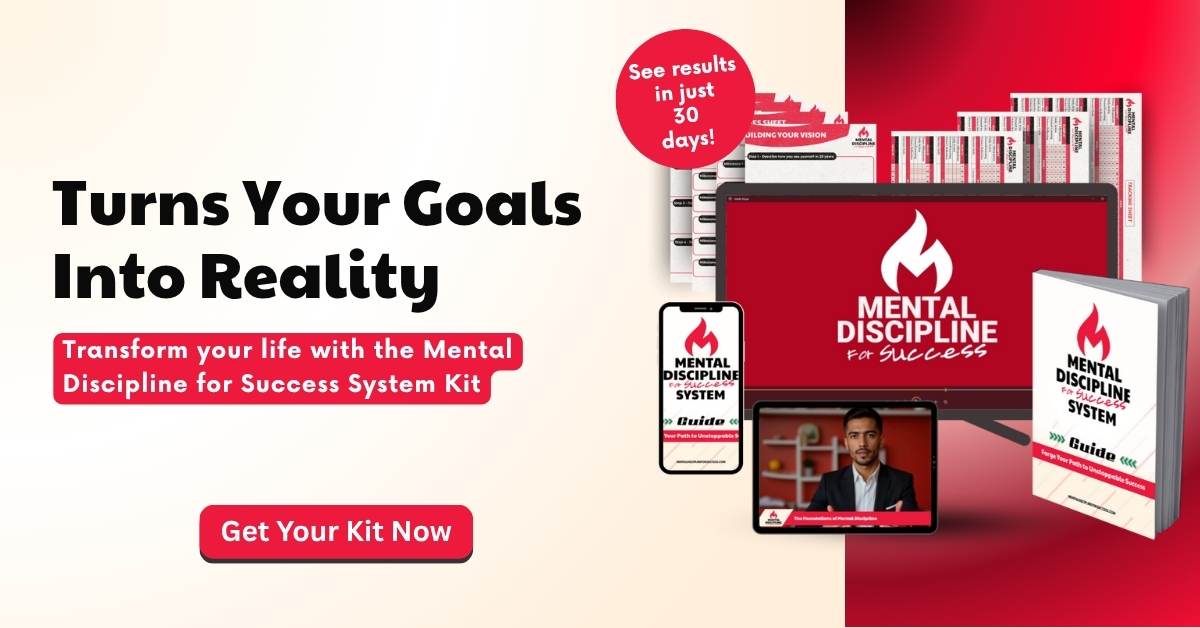
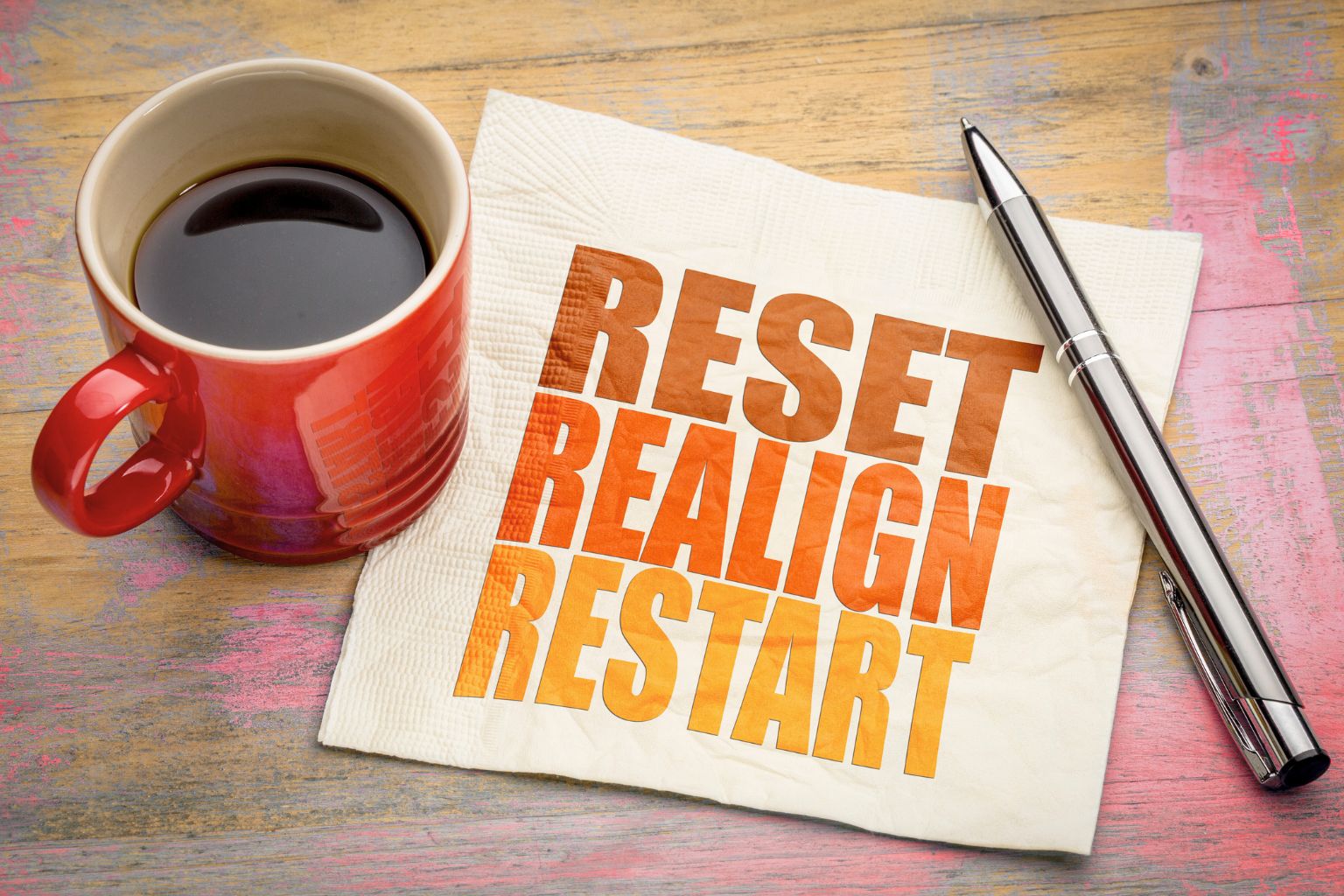

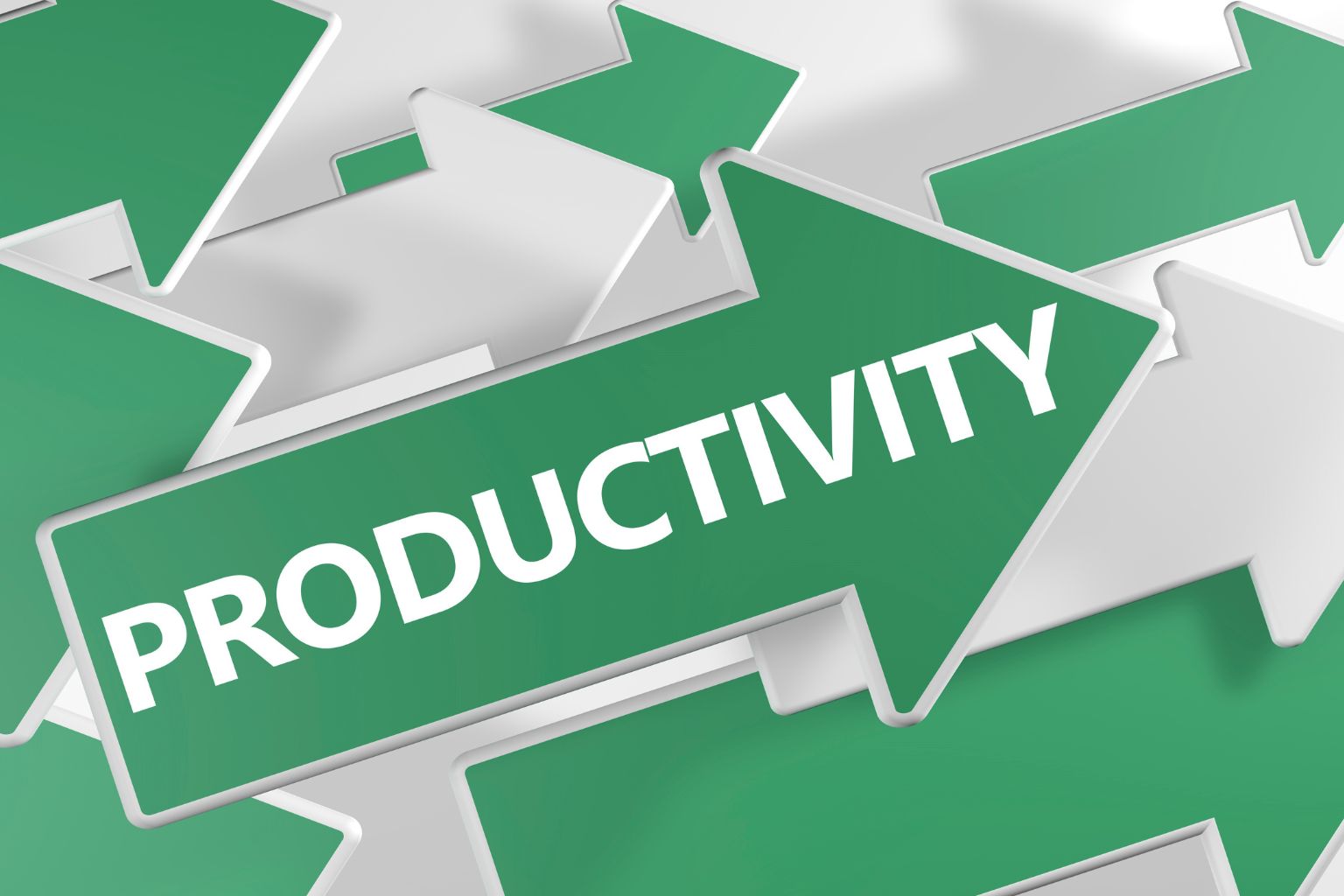


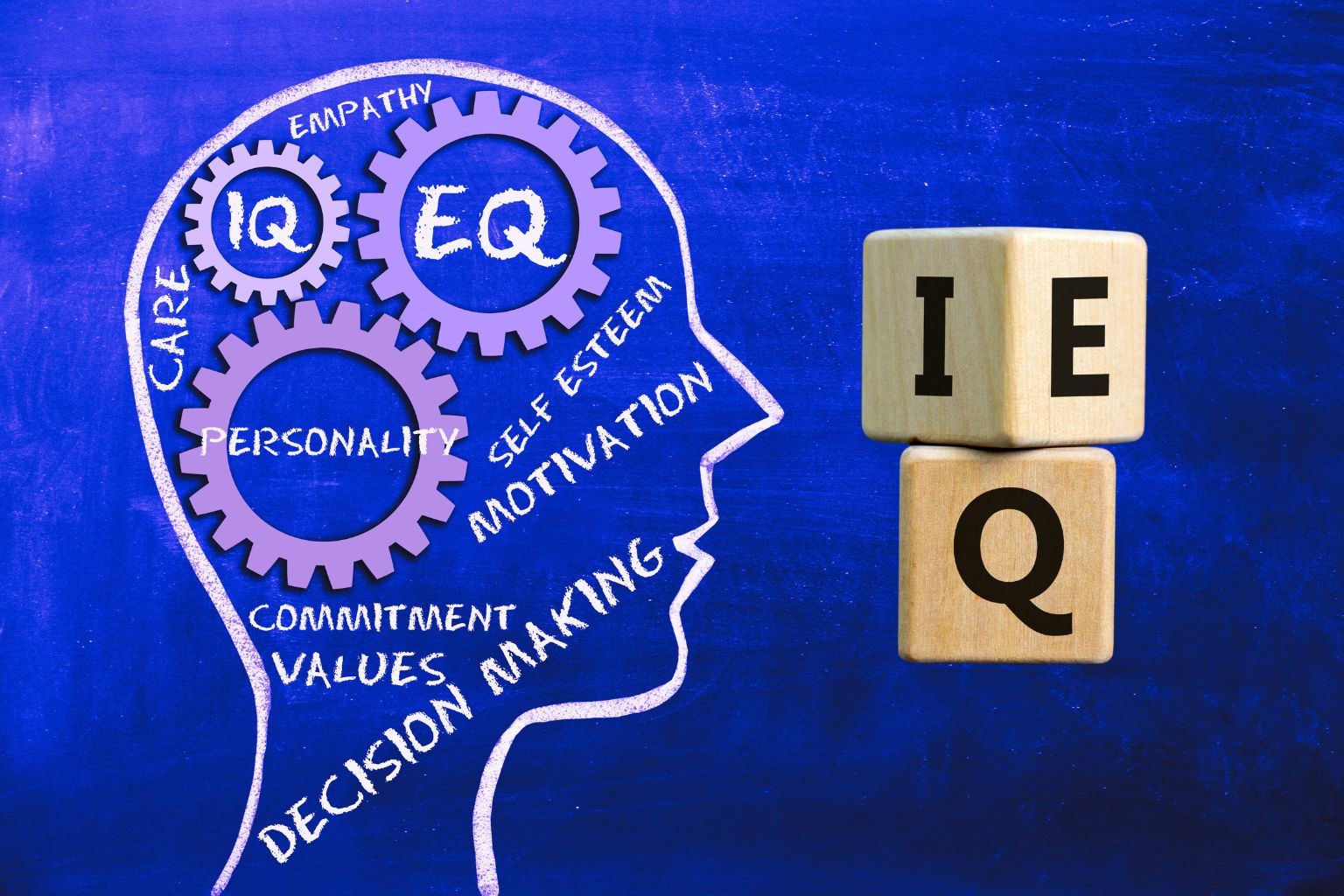

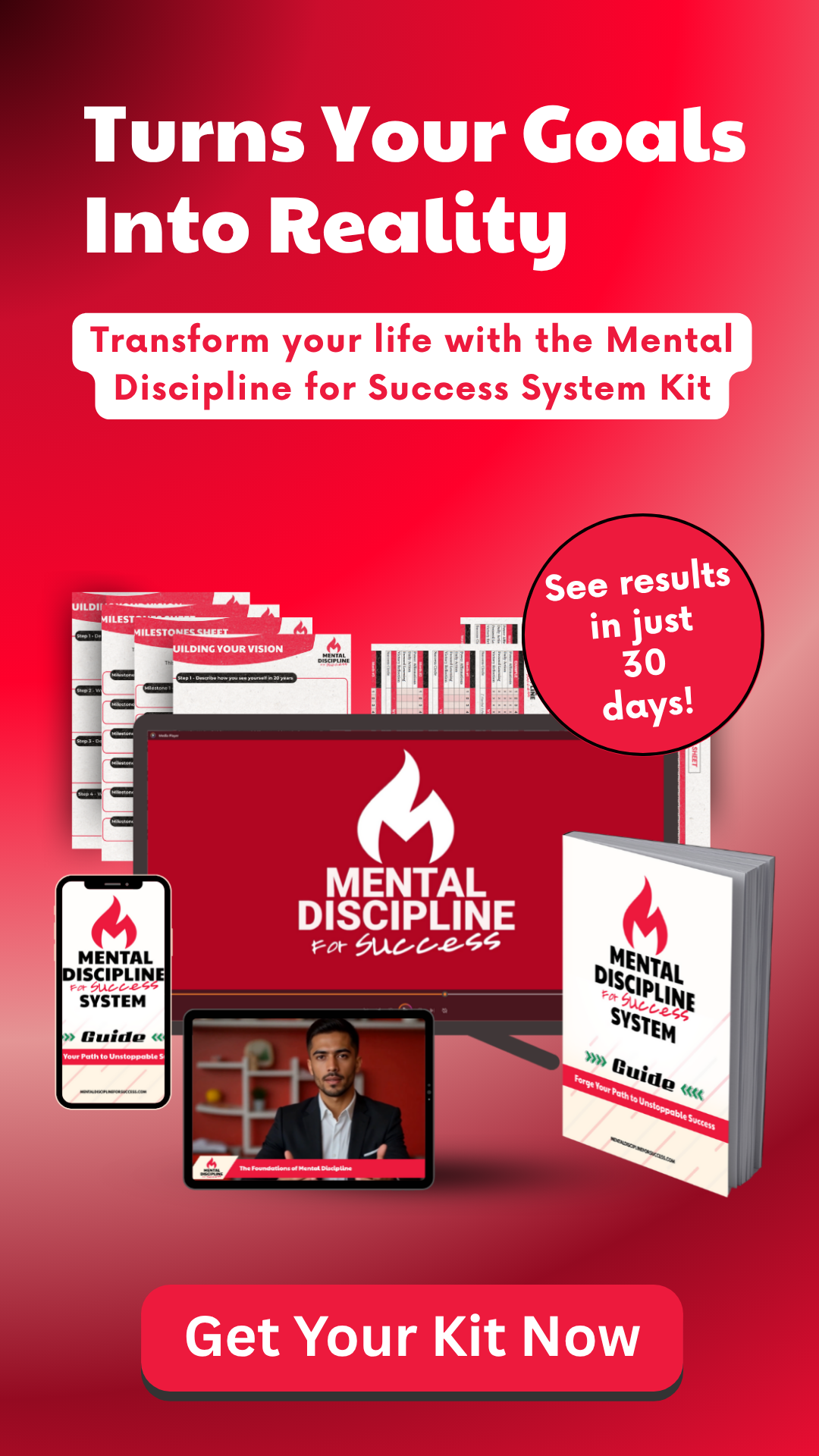
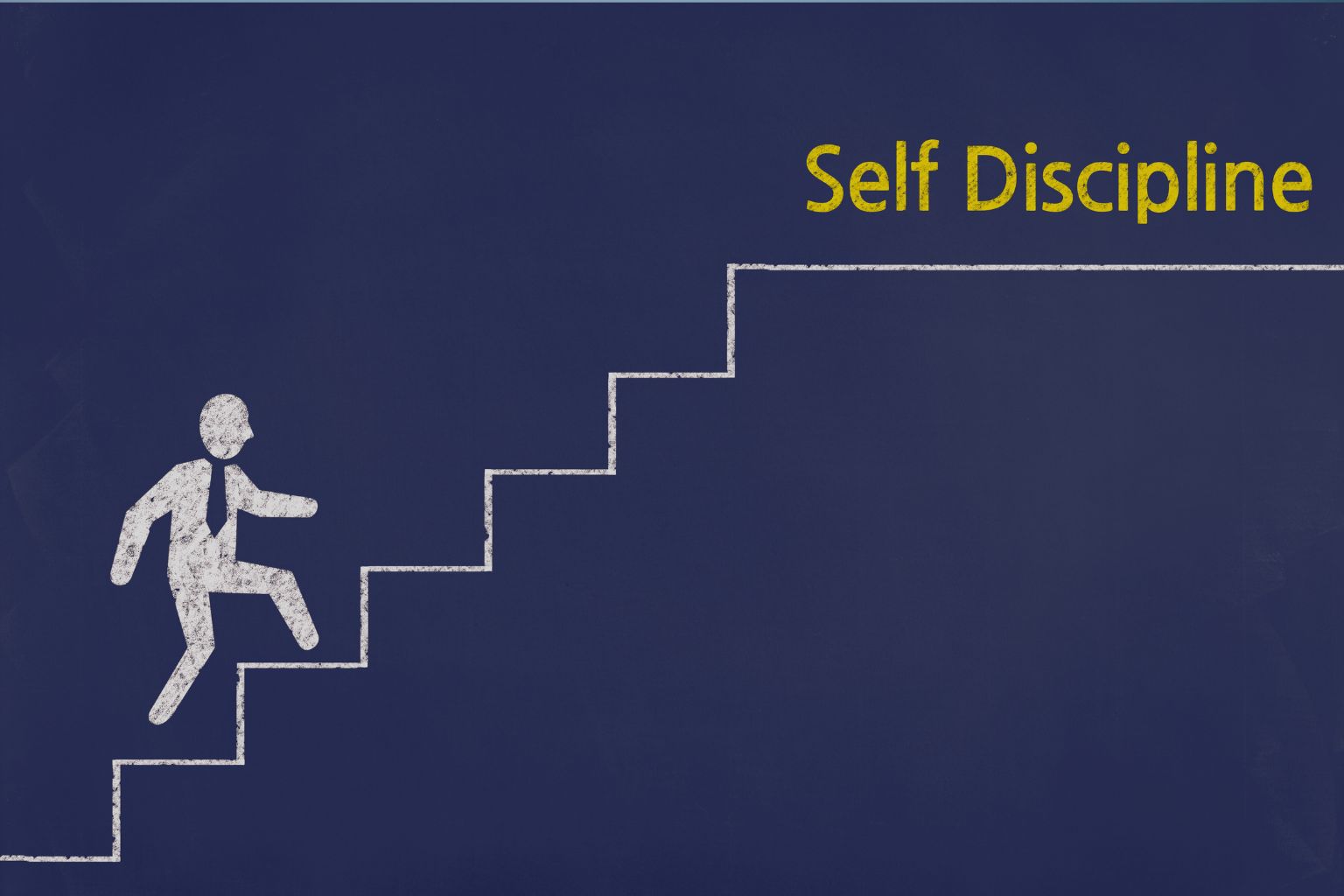

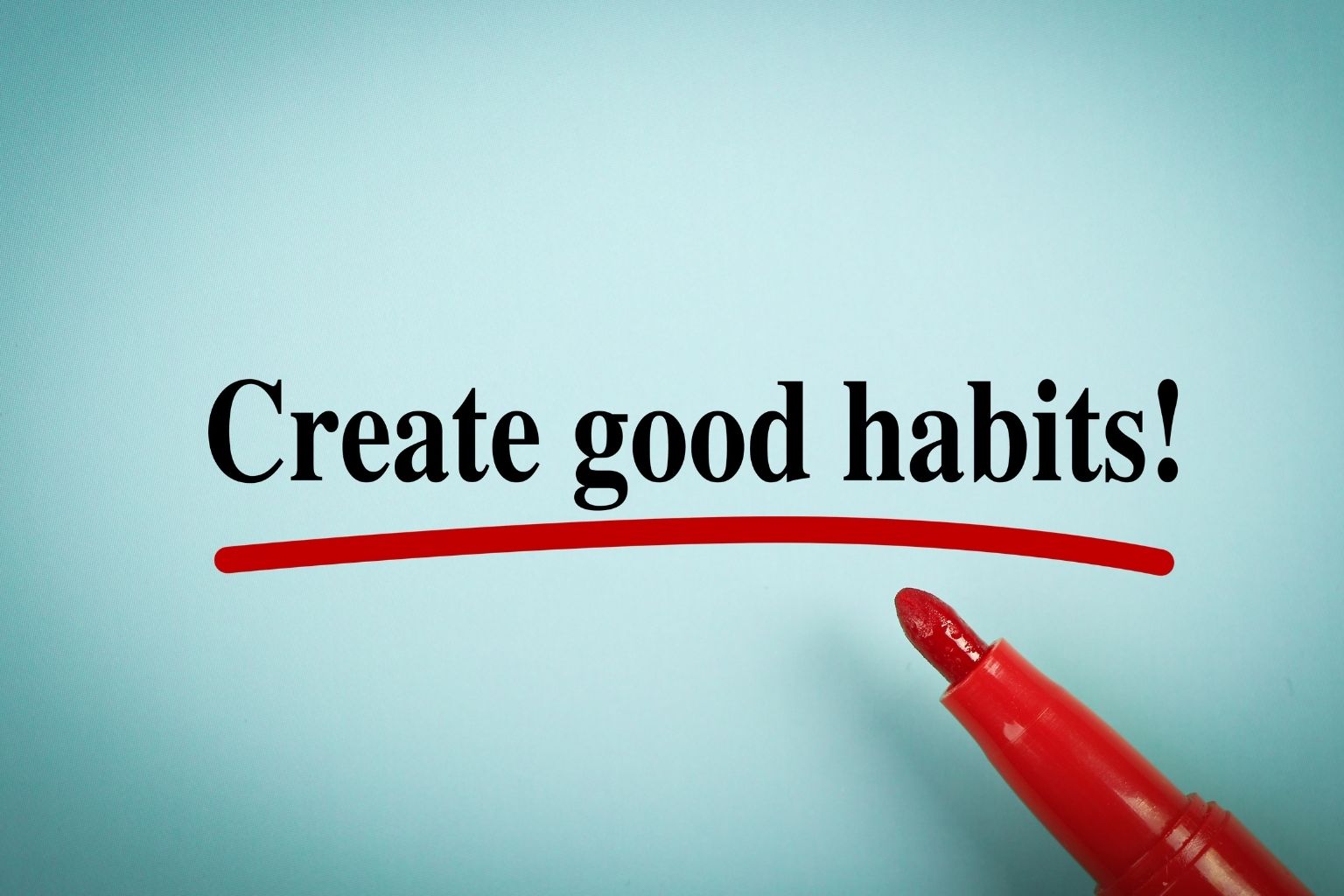



Share it!